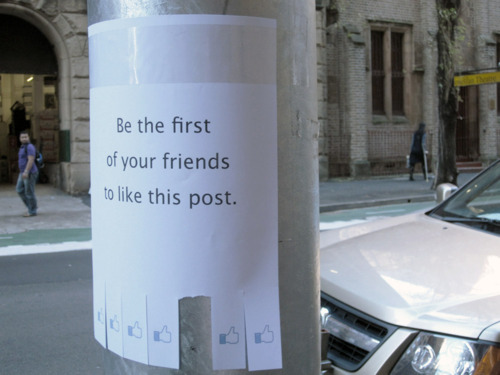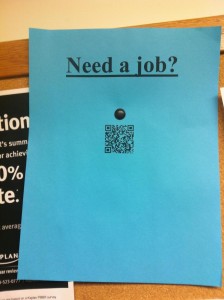This post is somewhat of a stretch, but I think it remains applicable nonetheless. Below I have embedded three video clips, each dealing with “the hipster” as a relatively recent subcultural form and social type.
First, we have the “Hipster Olympics,” a viral video that made the rounds a few years back. The video makes a parody of the hipster, mocking their supposed elitism, pretension, dependency on new technologies, and obsession with authenticity as a source of subcultural distinction (note the subtle play on Pabst Blue Ribbon).
Second, we have a short clip from the “2 Broke Girls” a new CBS television series focusing on the epicenter of the hipster subculture, the gentrified Williamsburg neighborhood of Brooklyn, NY. In the clip we see the confluence of hipsters and homelessness, which ultimately serves to as a satire on the “Poor Chic” fashion trends of New York’s urban hipsters (Halnon 2002). We also notice the association between hipsters and personal hygiene (or lack thereof), a stereotype that has also been foisted upon the #Occupy protestors.








